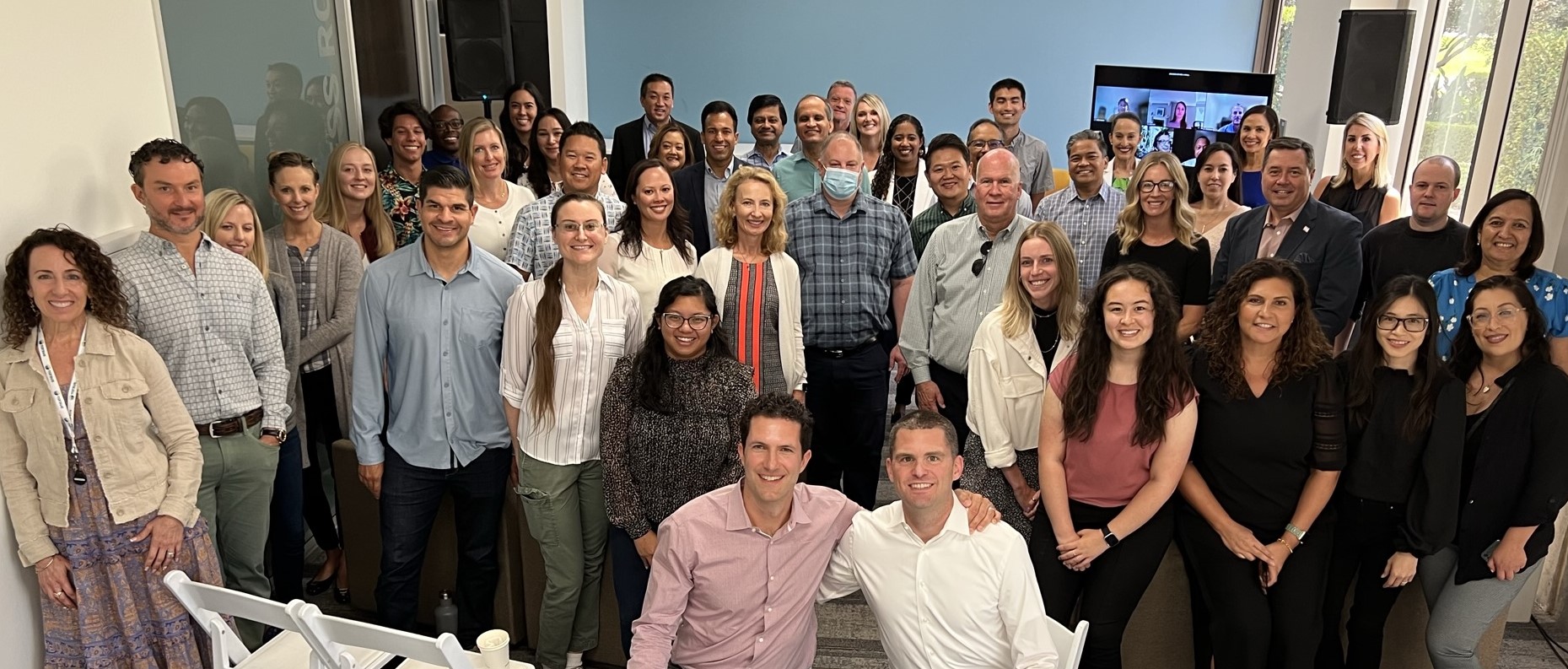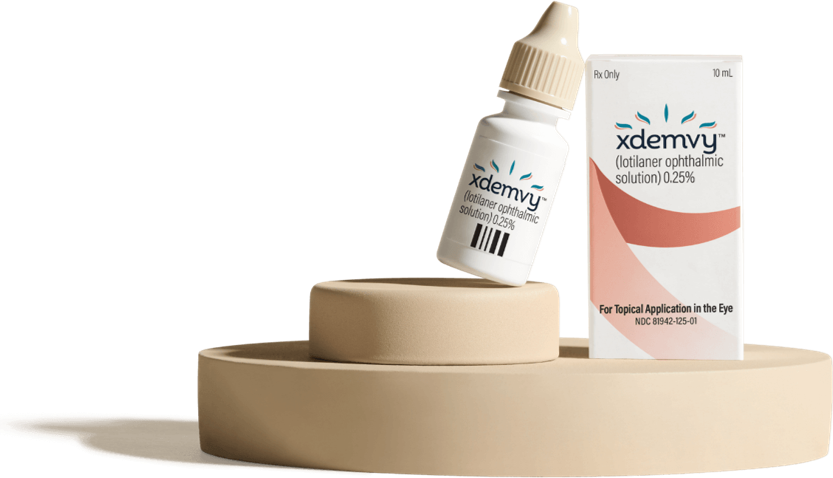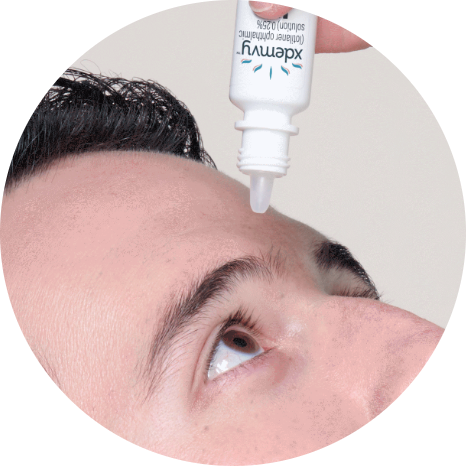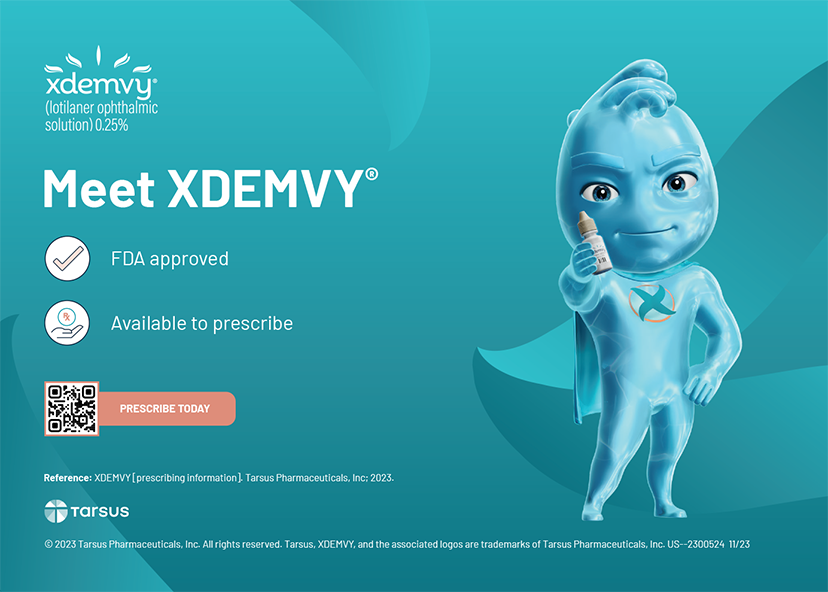Technologies
Tarsus Repurposing a Molecule to Treat Blepharitis:
An Interview with Michael Ackermann of Tarsus Pharmaceuticals
What is the need you set out to address?
Michael: The need that Tarsus Pharmaceuticals seeks to address is related to an eye condition called blepharitis. When I was working with Oyster Point [another company founded by Ackermann], we launched a clinical trial focused on dry eye disease. During enrollment, we saw lots of patients suffering from blepharitis, which has some symptoms in common with dry eye. We had to exclude these people from the Oyster Point trial but, in doing so, we learned that there weren’t good treatment alternatives for patients with blepharitis.
We now know that about two-thirds of blepharitis is caused by a parasitic mite that’s common to humans, called the Demodex mite. When there’s an overgrowth of these mites, they can invade the host’s eyelash follicles, burrowing into the epithelial cell lining, feeding on the oily sebum deep in the follicle, and carrying harmful bacteria that result in redness, inflammation, itching, and dryness. As the mites proliferate, the tissue damage and blocked follicles cause the thinning or loss of lashes, and the partially digested epithelial cells, keratin, mite waste, and eggs combine to form collarettes that can be seen along the lash line of the upper eye lid. Collarettes can be used to confidently diagnose blepharitis, but a visual inspection of the lash line is not included as part of most routine eye exams. Accordingly, even though blepharitis affects 58% of the 45 million people who visit eye care clinics annually in the US, the condition is widely underdiagnosed.
At the time this condition came to my attention, a colleague, Bobby Azamian, and I were investigating unmet needs in search of a project to tackle together. Blepharitis made its way onto the list of what we were considering, and eventually it’s the need we chose to work on.
What key insight was most important to guiding the design of your solution?
Michael: Before Tarsus, efforts to treat blepharitis had focused on addressing the inflammatory part of the problem. However, we recognized that the inflammation was secondary to an underlying cause. We started to investigate potential causes and discovered some emerging research that linked the condition to the mites. Encouraged by this, we came up with a list of roughly 100 molecules that we thought we could potentially use to target the mites as a treatment, and we also were prepared to develop our own molecule.
Before Tarsus, efforts to treat blepharitis had focused on addressing the inflammatory part of the problem. However, we recognized that the inflammation was secondary to an underlying cause.
As we were working on formulating our own drug, we had a breakthrough that coincidentally involved my sister, Mandy, who’s a veterinary dermatologist. Through our research, we had learned that Demodex mites don’t just cause blepharitis, they also cause the most common form of mange in dogs. So, I called Mandy, told her we were trying to solve this eye lid mange problem, and asked if we could send her our eye drops to try on dogs to see if they eliminated the condition. She said that a few years ago it would have been easy to help, but the veterinary division of Eli Lilly had released a new flea and tick medication that essentially had wiped out mange in dogs. My immediate next question, of course, was to find out the name of this new drug!

 The Tarsus Pharmaceuticals solution is a prescription eye drop that treats blepharitis by targeting and eradicating the root cause of the disease – Demodex mite infestation.
The Tarsus Pharmaceuticals solution is a prescription eye drop that treats blepharitis by targeting and eradicating the root cause of the disease – Demodex mite infestation.
We began investigating it and eventually entered into an agreement to license a molecule from Elanco, which Eli Lilly spun-out as an independent animal health company in 2019.
How does your solution work?
Michael: The solution is a prescription eye drop that treats blepharitis by targeting and eradicating the root cause of the disease – Demodex mite infestation. The active ingredient is a molecule called lotilaner. Acting on the mite’s nervous system, lotilaner paralyzes the parasites and causes them to die. But it’s very specific to the mites – which are technically arachnids – and is safe for animals and people. Patients use the drops twice per day, and most realize results in just six weeks.
At what stage of development is the solution?
Michael: The drug received FDA approval in July 2023 and was launched commercially in September of the same year.
Tell us about a major obstacle you encountered and how you overcame it.
Michael: Two things come to mind.
First, in the early stages of the project, we weren’t entirely certain that the mites were, in fact, the cause of the inflammation. We had to prove that the connection wasn’t just commensal. Did the mites actually cause blepharitis? Or were they able to take hold because the eye was diseased? This question came up a lot [during fundraising and other important meetings] until we were able to generate clinical data to show that when we kill the bugs, the disease gets better.
The second major challenge was more of a market issue. Because an inspection of the eyelid and lashes isn’t part of a typical eye exam, we had to answer the question, ‘How many people really have this condition?’ This required us to perform prevalence studies to demonstrate how common it is. Even now that the solution is out, the company’s biggest challenge is educating eye care professionals to look for blepharitis. Tarsus has a campaign right now focused on driving clinician traffic to a website that has photos and other educational materials to help them recognize, diagnose, and treat blepharitis. It’s working.
What role did your Biodesign training play in enabling you to design, develop, and/or implement this solution?
Michael: This project was soup-to-nuts Biodesign. We followed the process from finding and vetting the unmet need, to doing the underlying research needed, to developing an effective solution.
You don’t always need to develop something that’s completely new.
What advice do you have for other innovators about health technology innovation?
Michael: You don’t always need to develop something that’s completely new. When you’re working in a need area, understand the biology, read the papers in the field, and look for under-appreciated scientific insights that may be actionable with existing technologies.
Michael Ackermann co-founded Tarsus Pharmaceuticals with Bobby Azamian in 2017 after completing the Innovation Fellowship in 2010-11. For more information about the solution, visit the Xdemvy website.
Disclaimer of Endorsement: All references to specific products, companies, or services, including links to external sites, are for educational purposes only and do not constitute or imply an endorsement by the Byers Center for Biodesign or Stanford University.




